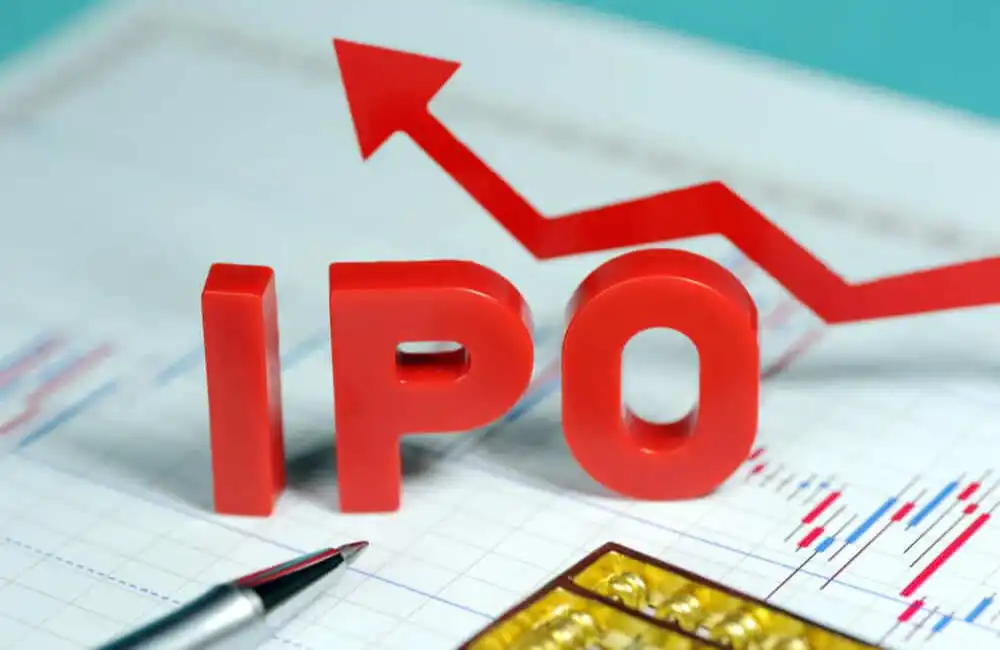2025 Q2 Crypto Funding Report: Capital Concentration Intensifies, Investment Amount Soars to $9.6 Billion
Original Article Title: Web3 Fundraising Trends in 2Q25: Strategic & Selective
Original Article Author: Robert Osborne, Outlier Ventures
Original Article Translation: AididiaoJP, Foresight News
Abstract
· Web3 venture capital surged to $9.6 billion, marking the second-highest quarter on record, despite the disclosed deal count dropping to just 306 rounds.
· Capital concentration intensified. Fewer companies raised more funds, with the median size of funding rounds at all stages increasing. Series A funding reached $17.6 million, the highest level in over two years.
· Seed round amounts rose. The median seed round funding leaped to $6.6 million, reversing the downward trend from the first quarter, indicating increased confidence in early-stage capital.
· Private token sales remained steady, raising $410 million in only 15 transactions. Public token sales dropped by 83%, with only 35 events raising $134 million.
· Infrastructure continues to dominate, with cryptocurrency, mining and staking, and computing networks leading in capital and investor interest.
· Consumer categories show a glimmer of life, particularly in fintech and market sectors, but funding sizes and transaction share remain relatively small.
· This quarter's funding trends reveal that this is no longer a game of casting a wide net but rather a very thorough conviction investment.
Market Overview: Capital Concentration
At first glance, the numbers seem contradictory: Web3 venture capital total surged, but the number of transactions plummeted. However, when viewed in the context of our broader recalibration since 2024, the logic becomes clear: investors are shifting from broad coverage to deeper, more strategic bets, and the second quarter of 2025 solidified this transition.

Figure 1: Web3 Transaction Count and Funding Amount by Quarter, Source: Outlier Ventures, Messari
This quarter saw only 306 recorded disclosed transactions (transactions where funding details were made public), marking the lowest level since mid-2023. However, the total funding amount surged to nearly 10 billion USD, almost 30% higher than the previous quarter, with no mega-round outliers. We did not observe a single massive transaction skewing the data but rather a clustering of funding rounds ranging from 50 million to 250 million USD, concentrated in strategic areas such as Rollup infrastructure and validator liquidity. The standout feature of this quarter's funding was fewer bets, larger rounds, and higher thresholds.
The result is a market that feels both smaller in scale and more serious. In a post-megafund environment, investors are not chasing every funding pitch; they are considering narratives, protocol dependencies, and distribution advantages holistically. You no longer get funded for being promising; you get funded for being indispensable.
Transaction Stage of Web3 Startup Financing: A Round Resurgence
After being overlooked for a year, A round financing has returned to the spotlight.
The median A round funding has risen to 17.6 million USD, the highest level since early 2022, with 27 transactions raising a total of 420 million USD. These are no longer "quasi-B rounds" disguised as A rounds; they are precise, cautious allocations of capital to companies with robust Product-Market Fit (PMF) that are typically experiencing a steady increase in revenue and have well-thought-out token mechanics.

Figure 2: Quarterly changes in the median scale of funding at the pre-seed, seed, and A round stages, Source: Outlier Ventures, Messari
Seed rounds have also seen a rebound, with the median size of seed round funding rising to 6.6 million USD while the total number of transactions has increased slightly. This indicates a return of investor appetite for early-stage risks, at least in hot sectors like AI-native infrastructure or validator tooling. Meanwhile, the pre-seed round remains stable with a median of 2.35 million USD, confirming what we have seen over the past year: early-stage projects are still thriving.
In 2024, capital has concentrated at two ends, one being the optimism in the pre-seed stage and the other being the maturity post-B rounds. The A round was once the land of lost faith, but the venture market never stays stagnant forever. Infrastructure takes time to build, and scaling takes time, and that moment is now.
Infrastructure Investments Lead Web3 Capital Flow
The capital-weighted Web3 category map for this quarter is like a blueprint for post-consumer transformation.

Figure 3: Average Stage and Round Size of Each Category in Q1 2025. Source: Outlier Ventures, Messari
Note: "Investor Transactions" refer to the total number of investor participations in a given category, not the number of unique investors. If an investor participated in three funding rounds, it counts as three investor transactions.
The largest funding rounds occurred in the Infrastructure (median $112 million), Mining & Validation (median $83 million), and Computation Networks (median $70 million) sectors. These are not speculative tokens but rather infrastructure supporting validator networks, modular blockchain spaces, and AI-aligned consensus systems. This foundational layer defines a long-term blockchain investment strategy. Investors' logic is clear: support the foundational infrastructure, then rapidly develop the application layer.
Other notable infrastructure sectors include Consumer Infrastructure (median $11.7 million) and Asset Management (median $83 million). These categories sit at the intersection of infrastructure and user experience (UX), offering high-functionality products with technical depth and long-term composability.
On the other hand, Developer Tools once again attracted strong interest from capital (91 investor transactions) but with smaller funding amounts. For this long-tail, low-capital expenditure industry, this is a familiar narrative. Yet, it remains a playground for early teams and those willing to play the grants and token option game.
Financial Services, Entertainment, and Marketplaces all saw healthy transaction volumes and moderate median funding sizes ($6-18 million range), indicating that investors are maintaining a stable and cautious focus. However, their transaction volumes have not reached the levels seen in 2021-2022. Investors have not lost interest in consumer applications but are waiting for the emergence of new products.
Q2 2025 Token Financing: Private vs. Public Sale
Following the frenzy of the first quarter, token financing in the second quarter entered a relatively calm phase, but this shift was more of a reallocation than a retreat.

Figure 4: Comparison of Private and Public Token Sales in Funding Amount and Transaction Count from 2022 to 2024. Source: Outlier Ventures, Messari
A private token sale raised $410 million in funding through only 15 transactions, with a median raise of $29.3 million, marking the highest level seen in 2021. This growth in high-value private allocations underscores the current Web3 funding landscape: where consensus and strategic partnerships are more important than hype. These are not meme coins or utility tokens masquerading as protocols driven by hype, but validator alliances, L2 treasuries, and modular Rollup ecosystems quietly cementing liquidity.
On the contrary, public token sales have suffered a collapse. Only 35 fundraises were completed compared to 112 in the previous quarter, totaling just $134 million, with the median raise halving in size. Even retail-friendly launches struggled to attract attention, with the majority of trading volume concentrated in a few highly visible projects. Furthermore, market sentiment feels more like a wait-and-see approach rather than outright bearishness, signaling a posture of waiting and watching rather than full retreat.
The divergence between private and public sales continues a trend that has been tracking since the end of 2023. Public token issuance surged during market exuberance, but private rounds reflect consistency rather than hype.
Summary
Investors are seeking clearer narratives, stronger infrastructures, and builders who understand how to navigate this new funding environment.
If 2024 was the year of recovery and restructuring, the second quarter of 2025 feels like a year of silent execution.
Capital is flowing, but only to a few. Transaction flows are decreasing, but fundraising sizes are increasing. Infrastructure continues to win, but not out of bias, and there has been no major ideological shift.
For founders, the path has narrowed, but it is not impassable. Early-stage deals are still happening, and Series A fundraising is making a comeback. As long as it aligns with strategic, scalable, and protocol-dependent objectives, private token sales once again have a real seat at the negotiation table.
In essence: we have moved beyond a market-wide cycle of hype. This is a slow, pressurized climb towards essential infrastructure and enduring applications.
The conclusion is simple: this market does not need another hype cycle; it needs inevitability.
Welcome to join the official BlockBeats community:
Telegram Subscription Group: https://t.me/theblockbeats
Telegram Discussion Group: https://t.me/BlockBeats_App
Official Twitter Account: https://twitter.com/BlockBeatsAsia


 Forum
Forum Finance
Finance
 Specials
Specials
 On-chain Eco
On-chain Eco
 Entry
Entry
 Podcasts
Podcasts
 Activities
Activities









 0
0